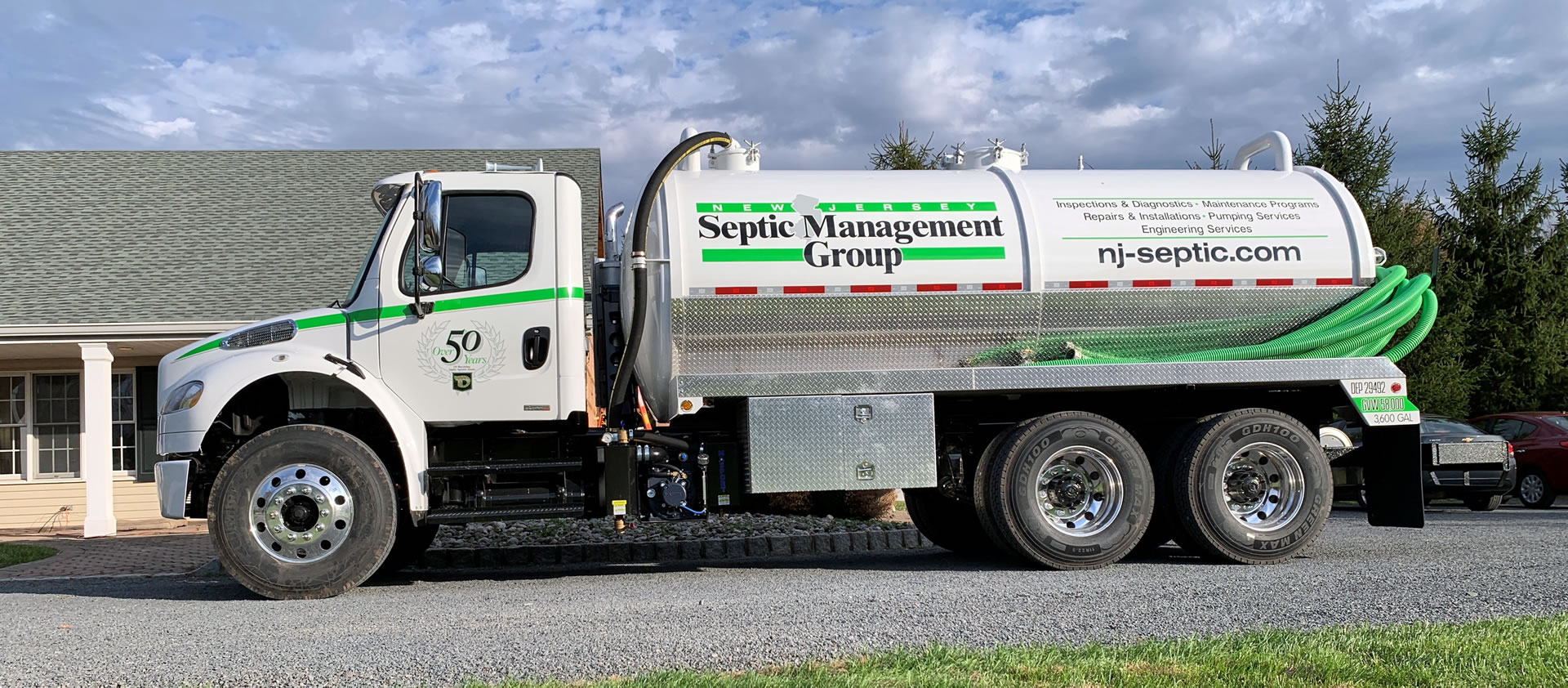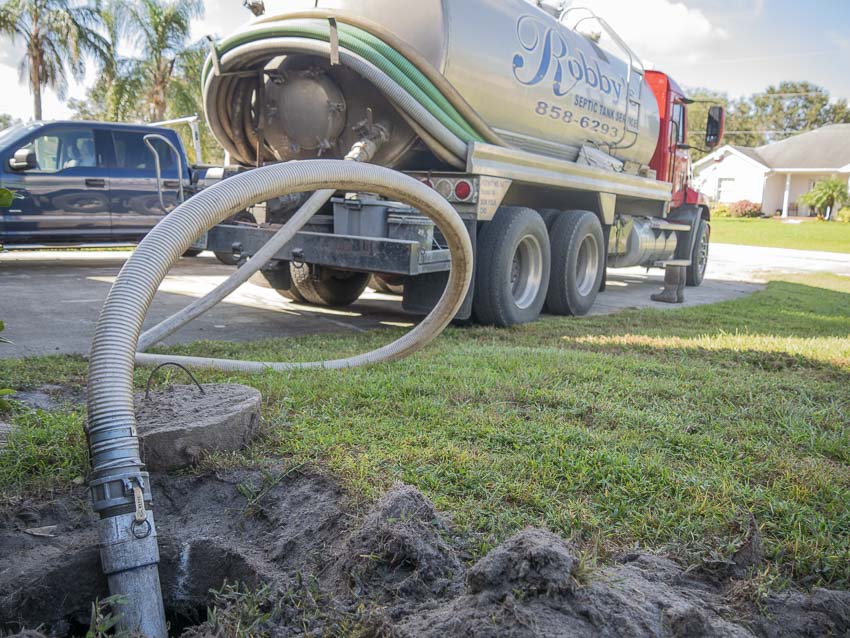The Definitive Guide to Stillwell Septic And Grading
Wiki Article
Not known Facts About Stillwell Septic And Grading
Table of Contents5 Easy Facts About Stillwell Septic And Grading DescribedThe Ultimate Guide To Stillwell Septic And GradingThe 8-Minute Rule for Stillwell Septic And GradingStillwell Septic And Grading - The FactsSome Known Factual Statements About Stillwell Septic And Grading Things about Stillwell Septic And GradingSome Ideas on Stillwell Septic And Grading You Need To Know
On the whole, septic system installation is a complicated process that calls for cautious planning and implementation. Property owners need to function with a trustworthy installment team and be mindful of neighborhood policies and demands to make sure that their septic tank works properly for several years to find. After the sewage-disposal tank has actually been set up and attached to the drain area, it is time to backfill the area.The backfill product must be cost-free of clods, big rocks, icy issue, and debris that can lead to gaps in the backfill that may allow settling in time. Squashed rock or pea gravel 1/2-inch in diameter is favored if native products are not appropriate. When the backfilling is complete, it is time to landscape the location.
When the septic tank has been mounted, it is vital to evaluate it to make sure that it is functioning properly (Setpic System Repairs). https://stillwellsag.edublogs.org/2024/03/13/revolutionizing-septic-services-stillwell-septic-and-grading/. Evaluating the system entails checking for leaks, ensuring that the container is at the ideal level, and taking a look at the drain area. Among the most typical examinations performed is the hydraulic tons test
A Biased View of Stillwell Septic And Grading
The water is then kept track of to make certain that it flows properly via the pipes and right into the drain area. If the water does not stream properly or backs up into the storage tank, it might suggest an issue with the system. Another test that is typically executed is the dye test.The color is after that monitored to guarantee that it flows properly via the pipes and into the drainpipe area. If the dye does not stream properly or appears in the incorrect area, it may show a problem with the system. It is essential to have a specialist do these tests to make certain that they are done appropriately.

All about Stillwell Septic And Grading
Here are some crucial ideas for homeowners to keep their septic system: The ordinary house septic tank should be evaluated at the very least every 3 years by a septic solution professional. The frequency of pumping depends upon the size of the tank and the variety of people utilizing it. https://www.pageorama.com/?p=stillwellsag. A basic guideline of thumb is to pump the tank every 3 to 5 yearsUtilizing water-efficient components and devices, such as low-flow showerheads and toilets, can minimize water usage and help the septic system job a lot more successfully. Only flush bathroom tissue and human waste down the commode. Stay clear of flushing anything else, including feminine health products, infant wipes, and cooking grease, as they can obstruct the system.
Getting The Stillwell Septic And Grading To Work
Septic system installment is an intricate procedure that calls for mindful preparation and execution. Home owners must recognize the essential actions associated with the installation process to guarantee that their septic system works effectively and successfully. The primary step is to assess the site where the septic tank will certainly be installed.When the site has been assessed, the following step is to prepare for the installation. Home owners must make certain that their professional is experienced in septic container setup and will certainly work together with them throughout the process.
An Unbiased View of Stillwell Septic And Grading

Homeowners must be aware of the essential steps entailed in the setup process to ensure that their septic system operates effectively and effectively. By adhering to these actions and keeping their system, house owners can feel confident that their septic tank will provide dependable wastewater therapy for many years to find.
Almost one in five United state homes have septic systems. If you're not properly preserving your septic system, you're not i was reading this just harming the setting, you're placing your household's health and wellness at riskand might be flushing thousands of dollars down the drain!
An Unbiased View of Stillwell Septic And Grading

All that additional water can really stress your septic system. This can be handy specifically if your system has not been pumped in a long time.
An Unbiased View of Stillwell Septic And Grading
Know your system's place. When you have the container pumped, draw a diagram or map revealing its location in relation to taken care of points - corners of the residence, steps, or fencing posts.Too much water can harm it. Do not dig, build, or plant anything besides turf over the drainfield. Preserve water. Septic Installers. Minimize the quantity of wastewater that need to be dealt with and gotten rid of by your system: Laundry no greater than 1 or 2 tons of clothing daily. Approximately 53 gallons of water flooding your septic system with each load, so it's best to spread out washing out over the week.
Report this wiki page